I sewed my first backpack nearly 18 months ago. At the end of May, I took a seam ripper and deconstructed the whole thing. Just over a week ago, I finished rebuilding it to my updated specifications, reusing nearly all of the original fabric, webbing, and hardware.
When I look at my newly rebuilt pack, I see so many obvious imperfections that would never pass quality control at a company. I ran out of black thread, so I had to use contrasting colors to finish off the ends of my webbing straps. The seams I bound with grosgrain ribbon can generously be described as haphazard. The visible stitching is (significantly) less straight than I would like it to be. So, it’s surprising when people exclaim that they can’t believe I actually made it.
I can totally believe I made it because a professional would never have let those mistakes fly!
What I think people are really saying is they can’t believe that a backpack of any kind—regardless of the construction quality—could be made by an amateur on a home sewing machine. Sure, people grew up with (grand)parents sewing clothes and tablecloths and quilts. But, it seems to be harder to imagine someone sitting at their dining room table with a vintage Singer Featherweight making outdoor gear.
Which is exactly what I do.
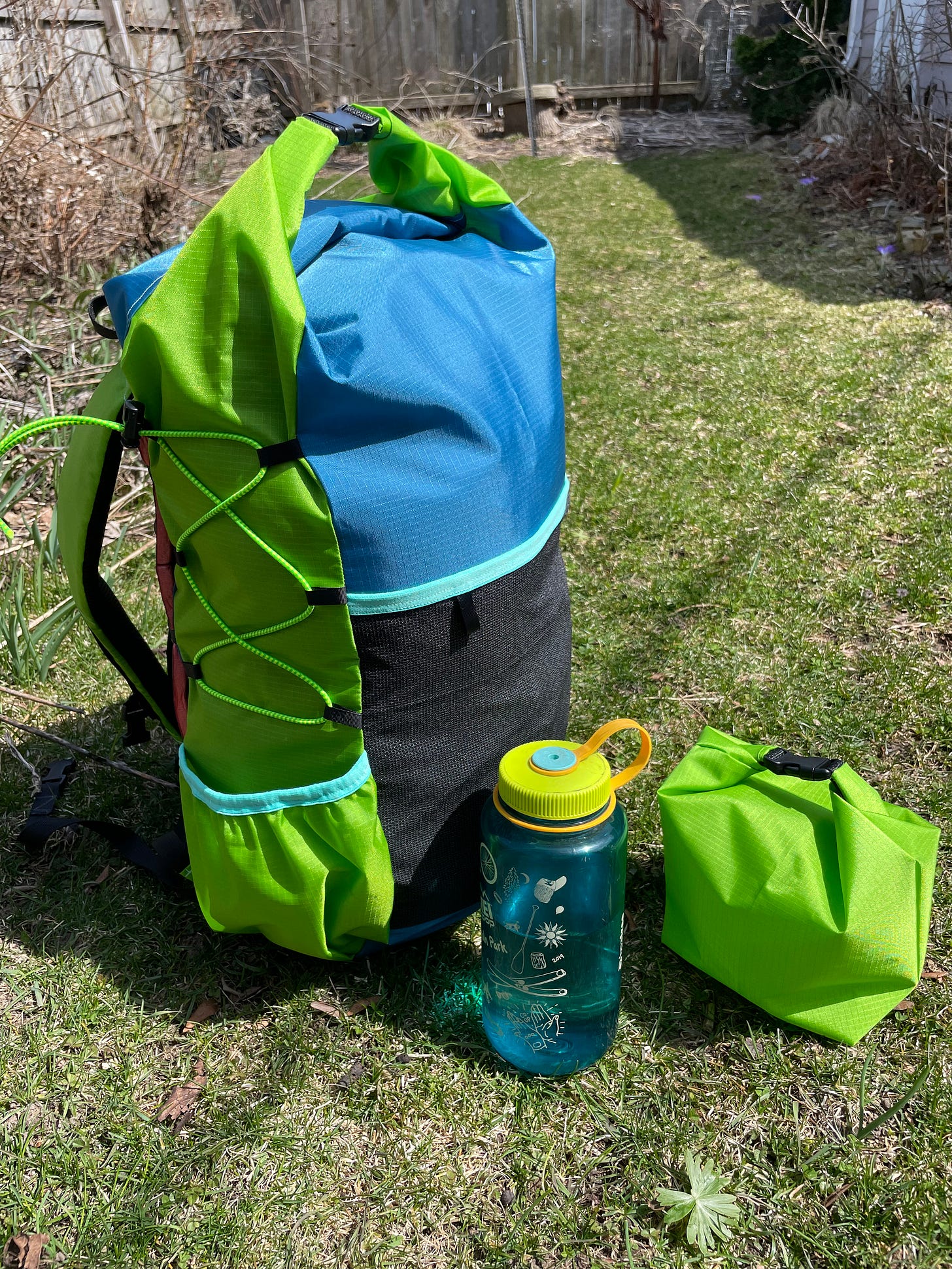
In the seventies, my dad bought kits to make his own gear—sleeping bags, duffels, a puffy vest. In the nineties, ultralight backpacking was driven by hikers with sewing machines, like Ray Jardine and Glen Van Peski, who designed their own lightweight packs and tents to fill a gap in what was commercially available. Making your own outdoor gear isn’t a new phenomenon and it takes a lot less skill than you might think.
That’s not to say that I don’t occasionally curse myself for undertaking a project when my Featherweight is struggling to pierce through four layers of ripstop nylon, two layers of webbing, and a quarter inch of 3D spacer mesh. Or that I don’t suffer from imposter syndrome when I browse the MYOG1 forums and see someone turn out a final product that looks like it could be on the shelf of REI. But my gear works for what I need and ultimately, that’s why I make it.
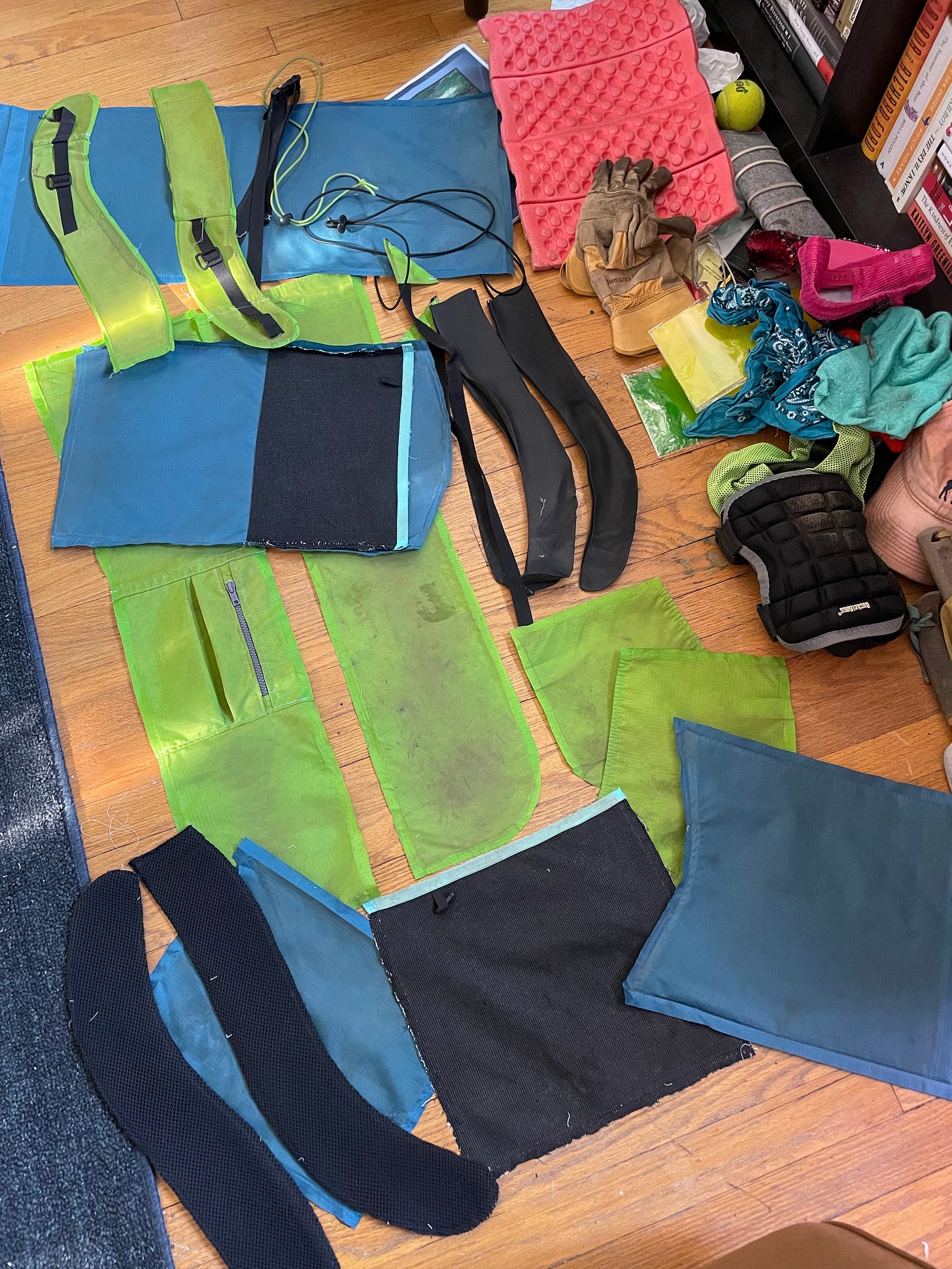
That’s really all that is required to be a maker—a desire to make something and then the follow through to complete the project. The final result doesn’t have to be pretty. It definitely doesn’t have to be perfect. It’s helpful if it works as envisioned, but even that isn’t mandatory. If you made it, you can always take it apart and try again.
Taking apart a project doesn’t mean it was a failure. My first backpack was fully functional when it was finished and it performed fine in the field. I just decided I could do better, so out came the seam ripper. I wanted more zippers, deeper water bottle pockets, an internal frame. I didn’t feel the need to hold onto the original as a monument to my first MYOG backpack attempt, so the fabric and components were upcycled into the new version. I have photos of the original pack and that’s enough—I’d rather fill up the limited storage space in my apartment with the things I actually use.
Minimizing fabric waste during the redesign process was also an exercise in creativity. I didn’t use a pattern for version 2.0, so I had a lot of flexibility. The original bottom panel became an interior, zippered pocket. Scraps of webbing were turned into load lifters. Dirty, stained fabric was paired with the bright and new. I didn’t lose anything by taking apart my first creation, but rather I gave the pack a new lease on life.
I’m not saying that everyone needs to go out and sew themselves a custom backpack. The vast majority of you are probably happy with whatever pack you currently have and don’t need or want a new one. What I am saying is that it’s not that hard to make yourself a custom backpack. Or a fleece sweatshirt. Or synthetic down booties. If there’s something you’ve thought about making, why not try making it? The final result might not look like a catalog photo, but it will probably work just fine. It definitely will be a conversation starter and you’ll be surprised by how many people are willing to overlook very obvious flaws when you tell them it’s handmade.
And if it turns out horribly? Just grab your seam ripper and settle onto the couch to take it apart while watching television. That’s what I do! Then when all the pieces are strewn about in front of you, start imagining what MYOG phoenix you might create from those ashes.
MYOG is the acronym for Make Your Own Gear. It’s used both to describe the community of makers and to differentiate homemade gear from store bought or mass produced products. Makers are often referred to as MYOGers.


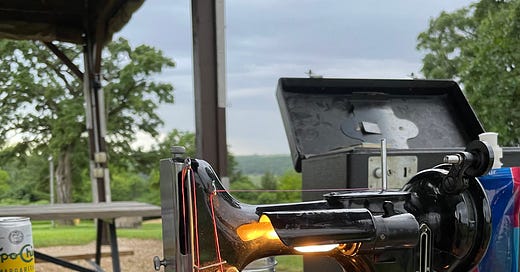




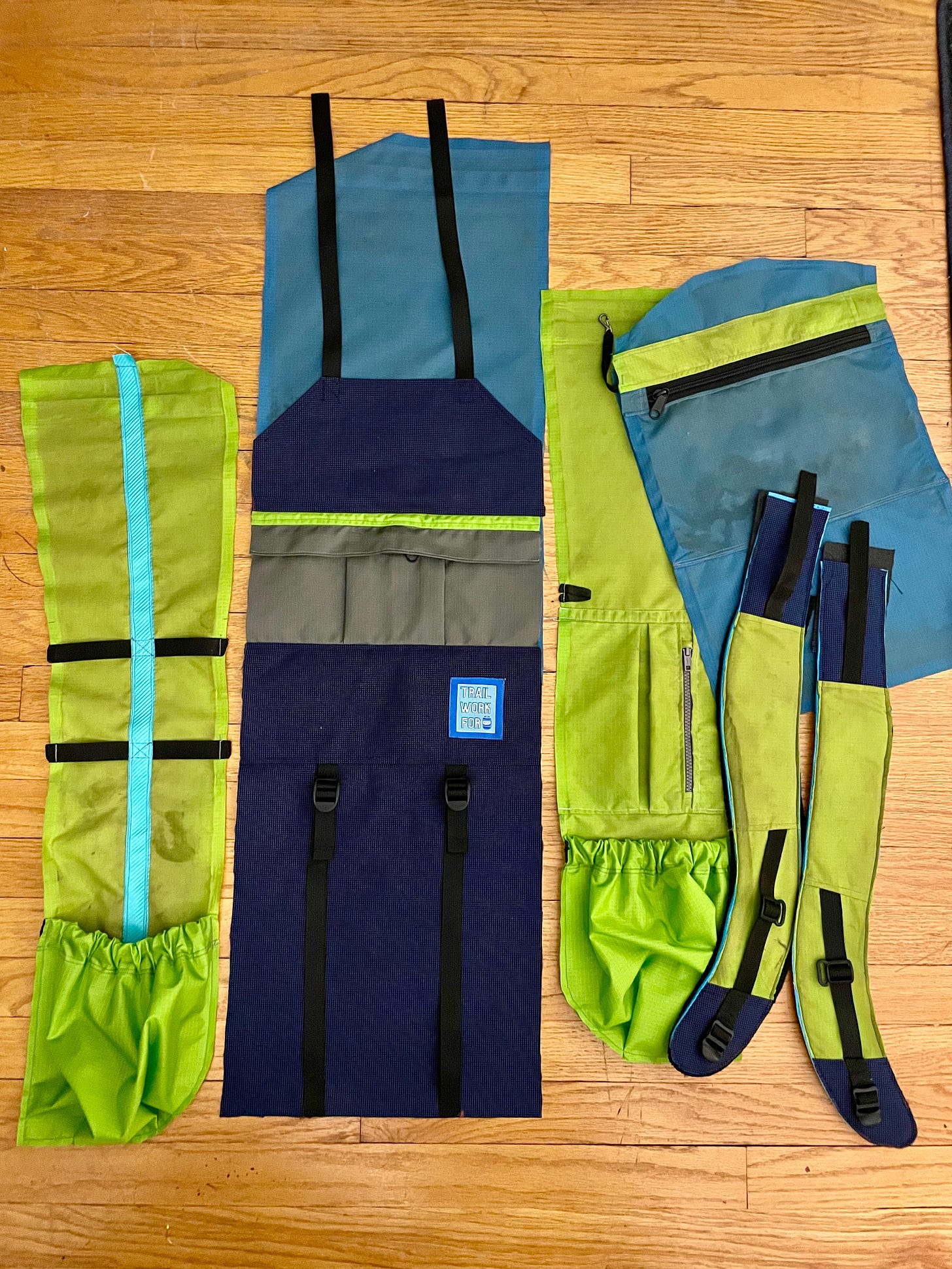
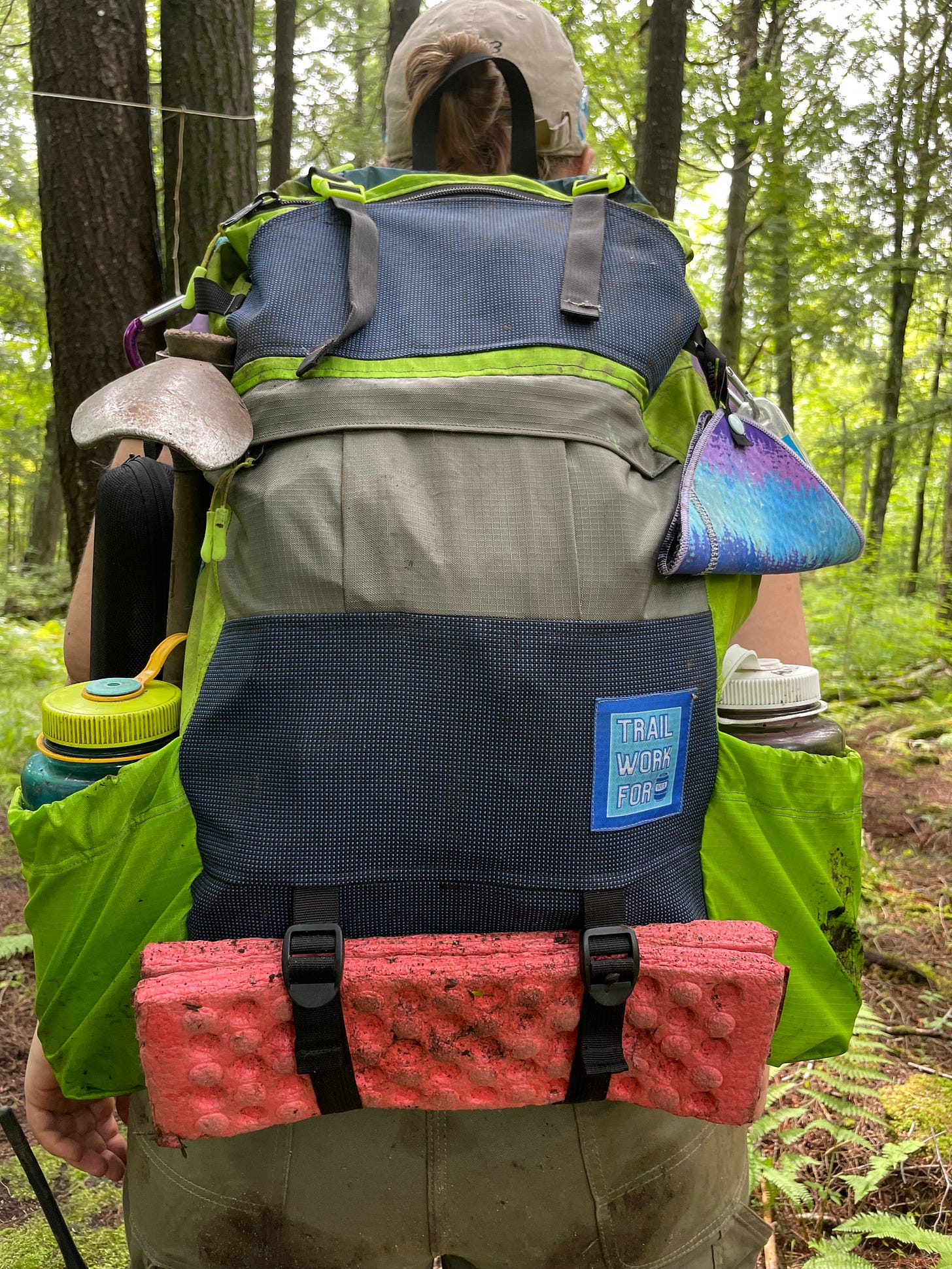
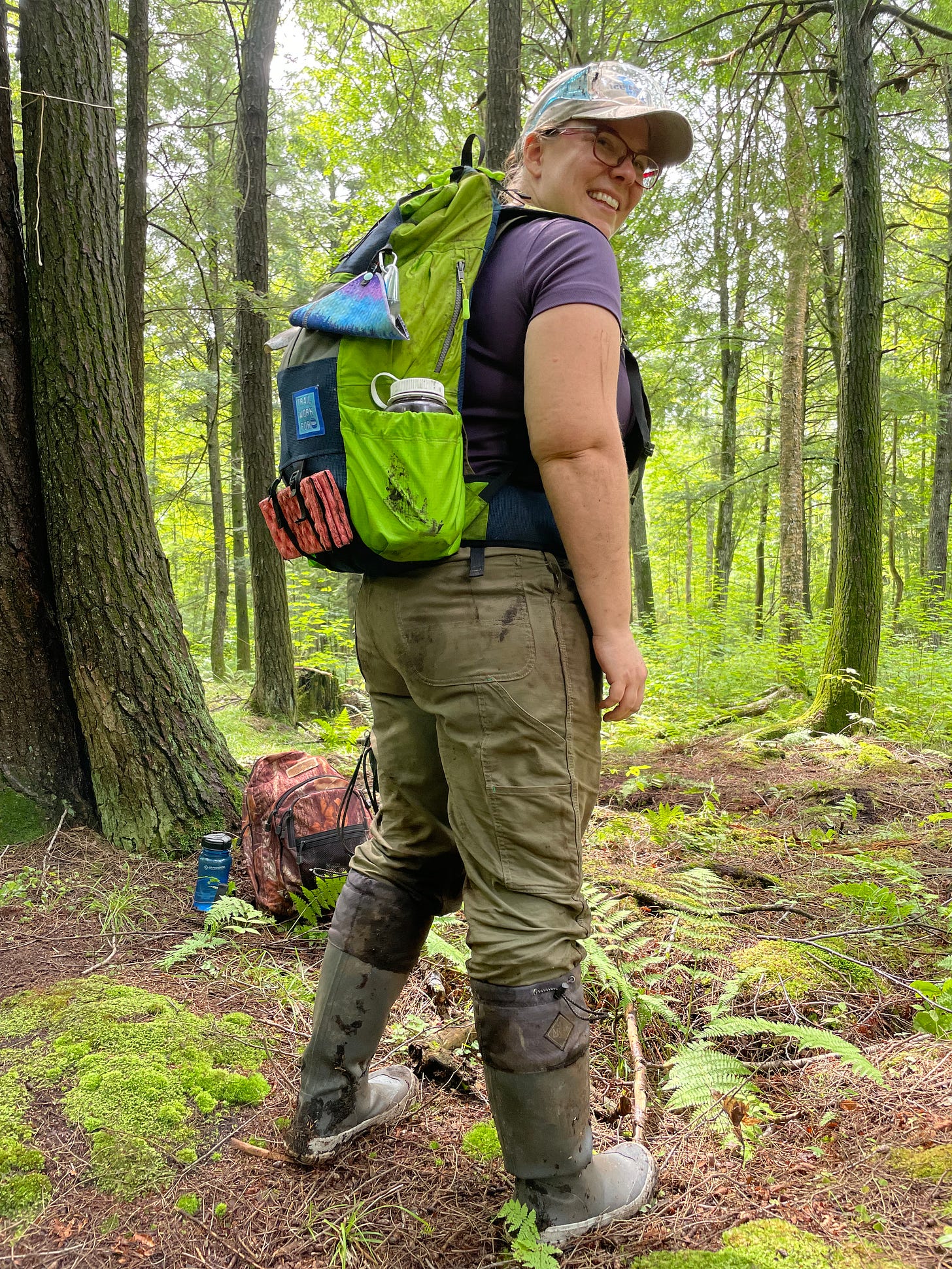
Your stuff looks great! My most recent MYOG was also a zombie project. I had a pair of Pertex rain pants that I got at a really deep discount. I found out why when I took them on a backpack trip. I wear them in the evening and morning when it's cold in the Sierra. The seat was no match for granite. The seat was trashed in no time. They had zippered lower legs, so I cut the legs off, sewed up the ends, and have two lightweight, waterproof zippered pouches. I put loops on one in case I wanted to put it on a belt. I put the pocket on my alpha fleece pants. I took one of the pouches on my last Sierra trip. It kept my fleece dry and made a great pillow.
After I sort of melted a credit card by being too close to a fire, I made little pouches for my phone and wallet out of heavy cotton twill scraps and fire-resistant reflective tape. I used a heavy nylon scrap and some webbing and a buckle. to make a roll case for my burn kit, the stuff I need for an all-day prescribed burn. Each tool has its own pocket and my meds, sunscreen, etc. have a velcro-closure one. I am terrible at crafts because I'm impatient and my motto is "good enough," but it's still really satisfying to turn your idea into something that fits your needs.
I remember those Frostline kits. I never had the skill, but picked up a down jacket from a thrift store that was a Frostline. My stepmother borrowed it to trek in Peru.
Yes, there certainly is. Thankfully my Mom sewed, knitted, and quilted a lot. I learned to sew pretty well as a teenager. Not sure if there are any type of kits even available anymore.